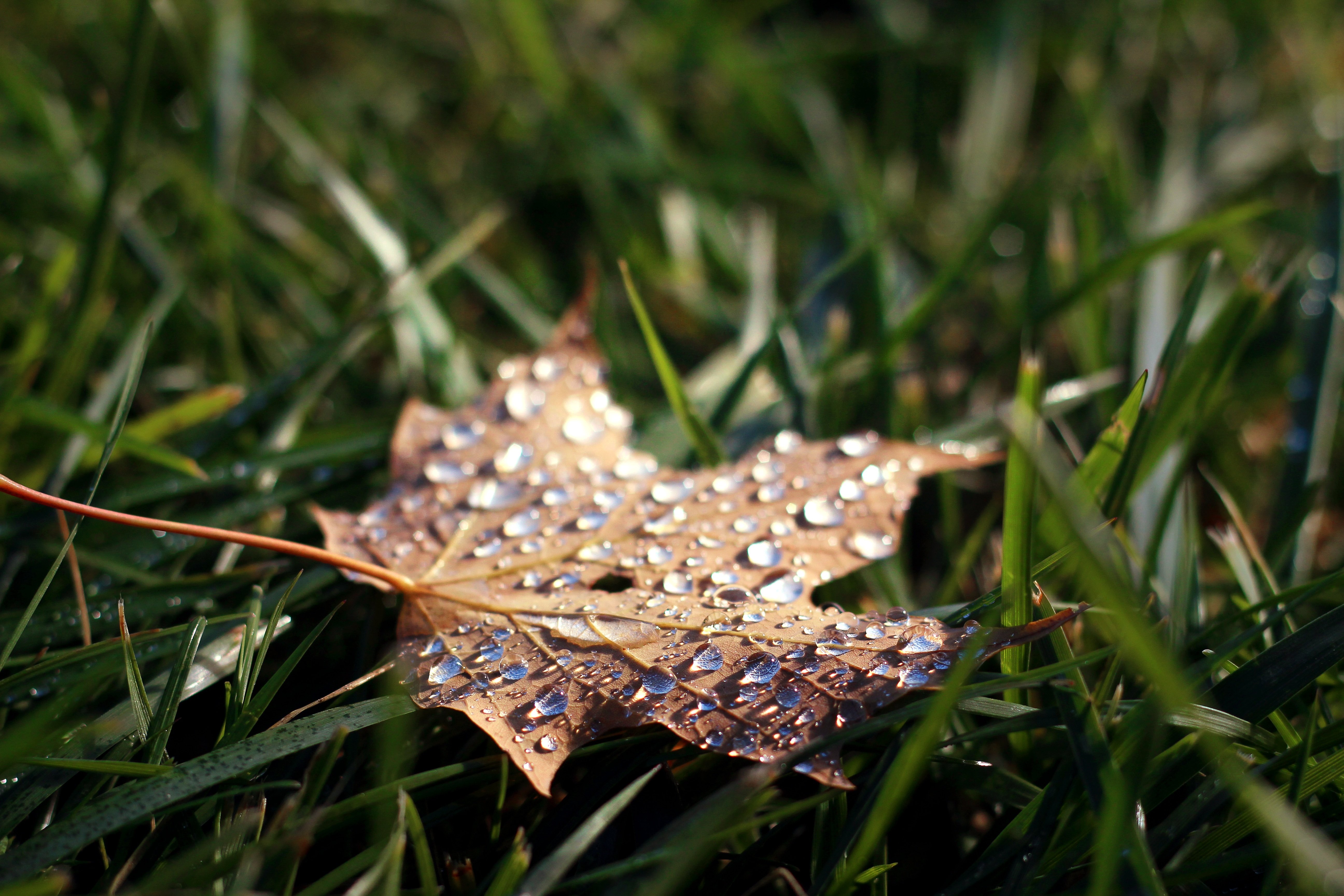
August brings some of the hottest days of the year. Is your lawn struggling to survive the heat? The optimal time to prepare your lawn to withstand this heat was before it started. So now is the time to look ahead to the fall and how you can help your lawn grow strong and healthy for next season.
Our lawn care experts at Nutri-Lawn Vancouver can help diagnose any existing problems and suggest the best way to renew and revive your lawn through targeted fall lawn care services. We have put together a short list of tips for August lawn care and how to plan your fall lawn care so you start off 2017 with a great lawn.
Core Aeration and Dethatching
This is a treatment best applied in late summer or early fall because your lawn will require up to four weeks to fully recover and send out strong roots. This recovery time is essential before the cold winter weather sets in. Dethatching is recommended often when the organic material on top of the soil in the lawn gets too thick because it can prevent rain from penetrating the soil and can harbour mold, fungus, and rodents.
Aeration is especially important for lawns that have become compacted. If the rain pools on top of your lawn, you should consider aeration this fall.
Overseed and Fertilize
If your lawn has bare spots or is thin in places, you’ll need to overseed this fall. Now is the time to source the seed you want. Seed choice is important. You may want to match the colour of the existing lawn, or plant a new variety to combat a mold or disease problem in the existing portions.
Many homeowners wait until spring to fertilize their lawns, but fall is actually the best time to fertilize because it gives your lawn a boost to put down strong roots and store up energy for the winter months. A lawn fertilized in the fall will recover from winter damage faster and will be green and thick faster than lawns not fertilized until spring.
Mow Smart
The hot summer weather is hard on your lawn, so raise your mower to its highest setting to help the blades retain moisture and provide shade to the soil. Grass that’s mown short in the hot summer heat will go dormant faster and take longer to recover when the temperatures cool and the rainfall increases.
Grubs
White grubs are the most difficult lawn pest to get rid of. The larvae of the native June bug are the most common kind of grubs and in the first year of their three year maturation cycle, they stay near the surface of your lawn attractingpredators such as starlings, blackbirds, and skunks. The best way to mitigate the damage from white grubs is to have a healthy lawn. Core aeration and dethatching are often recommended along with overseeding and fertilization. Nematodes are a microscopic worm which eat grubs at the larva stage. Ask us about this earth-friendly option for controlling a grub infestation.
Plan Well
Whatever is causing the damage in your lawn, fall is a great time to really renew and refresh your lawn. This is the time of year where lawn care can have the greatest impact and create better conditions for a lawn to flourish in the next season. This is especially true if you’ve planted cool-season grasses which thrive best in our fall weather temperatures.
Call the lawn care experts at Nutri-Lawn Vancouver for a free quote and professional advice on how to renew and refresh your lawn.






